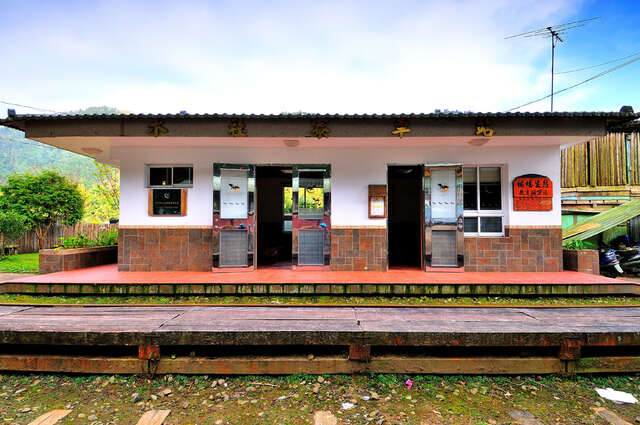Bat Ecology Museum Introduction
The Alishan Railway Tunnel No. 33 was abandoned years ago due to a landslide. Because the location is secluded, it has become a cave that bats inhabit. To prevent human disturbance, the entrance to the bat cave is surrounded by a fence, and the old Shueishe Railway Station has been renovated into a Bat Eco-Education Center. Through an instant imaging system, visitors can learn about the living conditions of bats, while also promoting conservation awareness. The bat species found here include the Formosan leaf-nosed bat, the Formosan small-footed bat, and the Taiwanese pipistrelle, all of which are endemic to Taiwan. It has been reported that, in addition to the abandoned Tunnel No. 33 on the Alishan Railway, the Forestry Bureau has also discovered traces of bats in other caves. To understand the habits and population changes of Alishan bats, the Forestry Bureau has allocated funding and commissioned a private professional company to conduct ecological filming and activity monitoring of bats, documenting their daily roosting, emergence, nocturnal foraging, reproduction, and hibernation behaviors. During holidays, local residents serve as volunteer guides at the interpretation station to explain the natural environment and bat ecology of Shueishe, allowing visitors to gain a deeper understanding of the area.






































